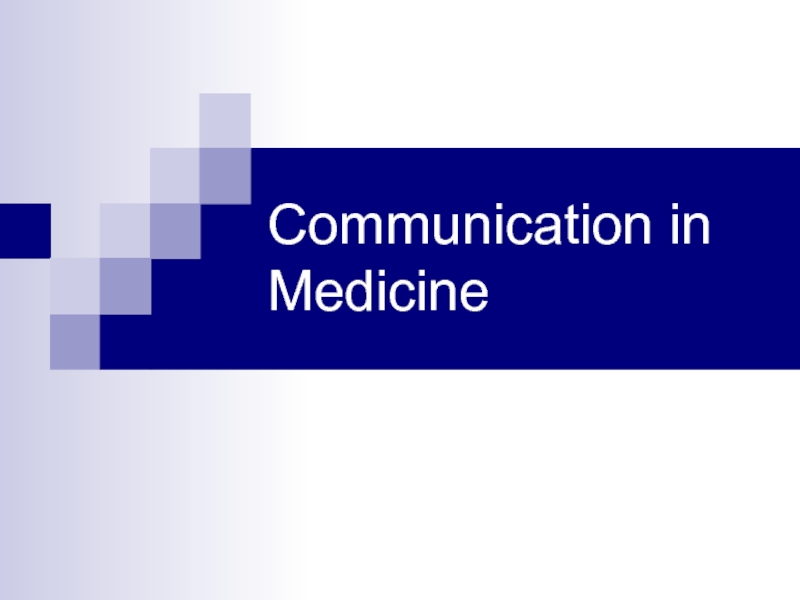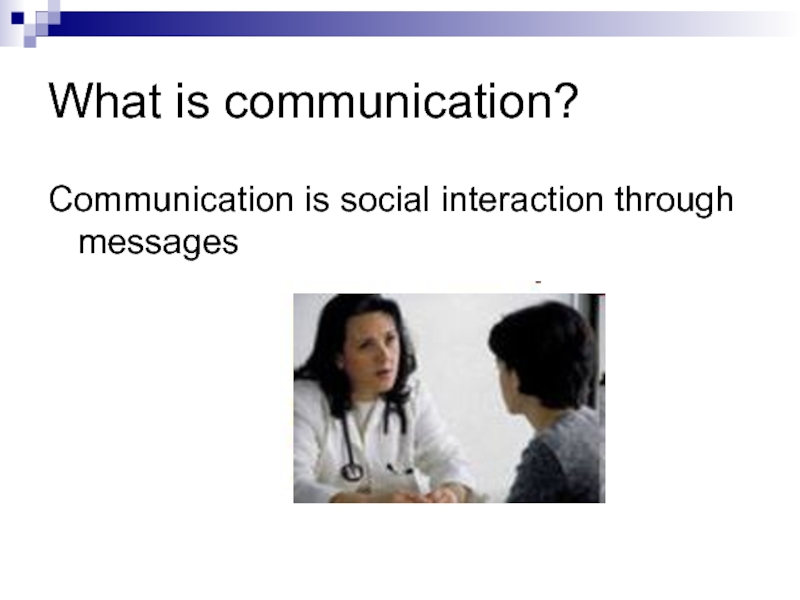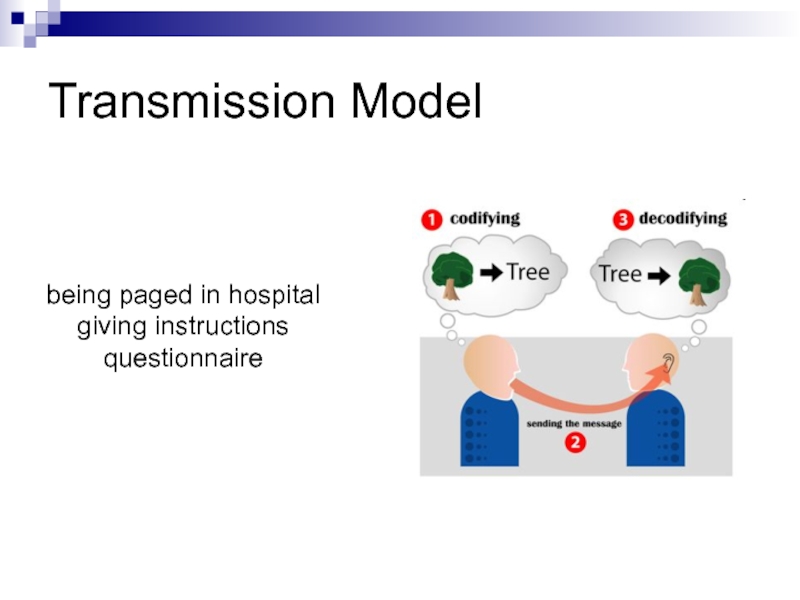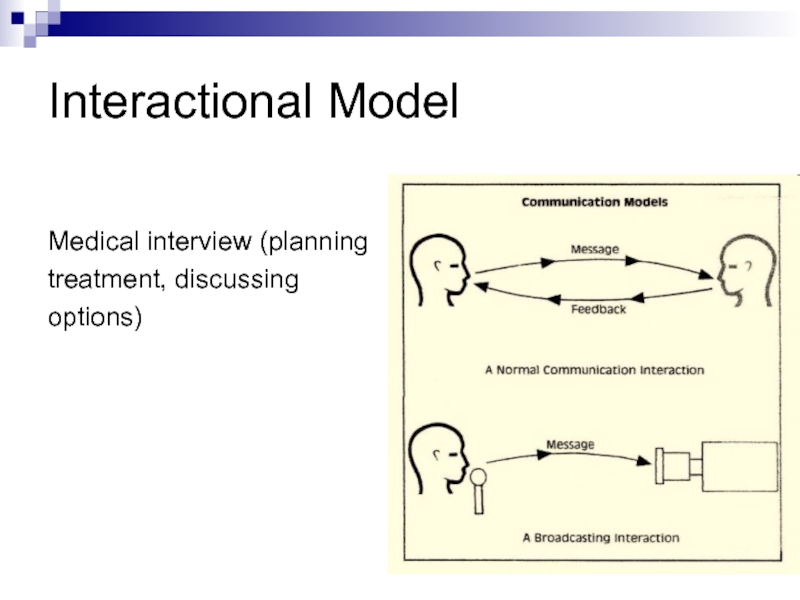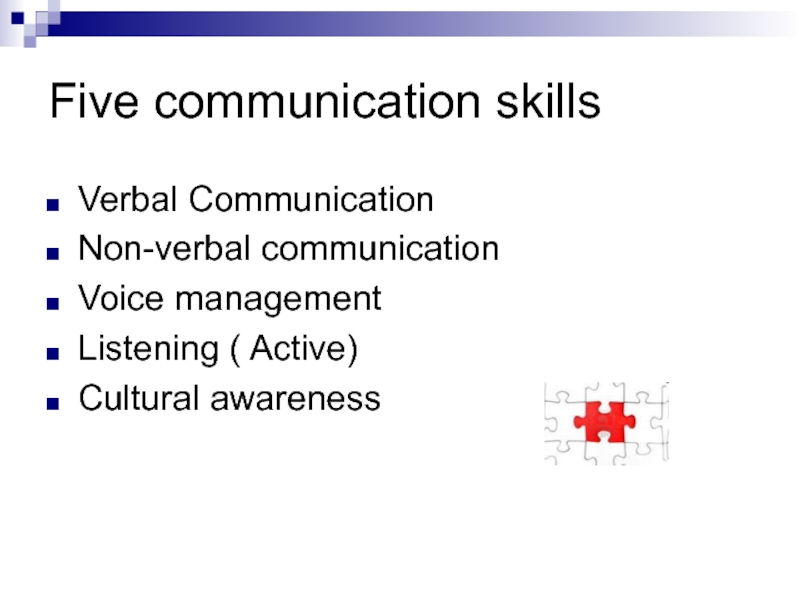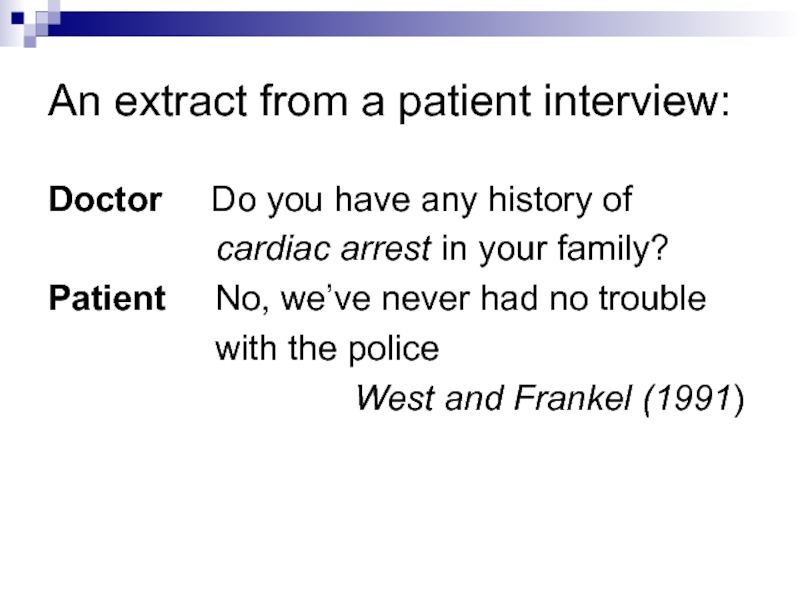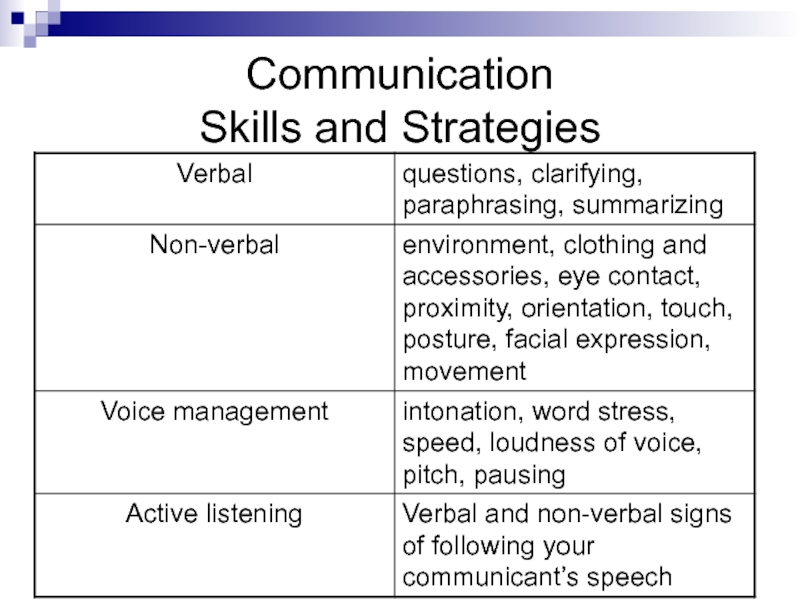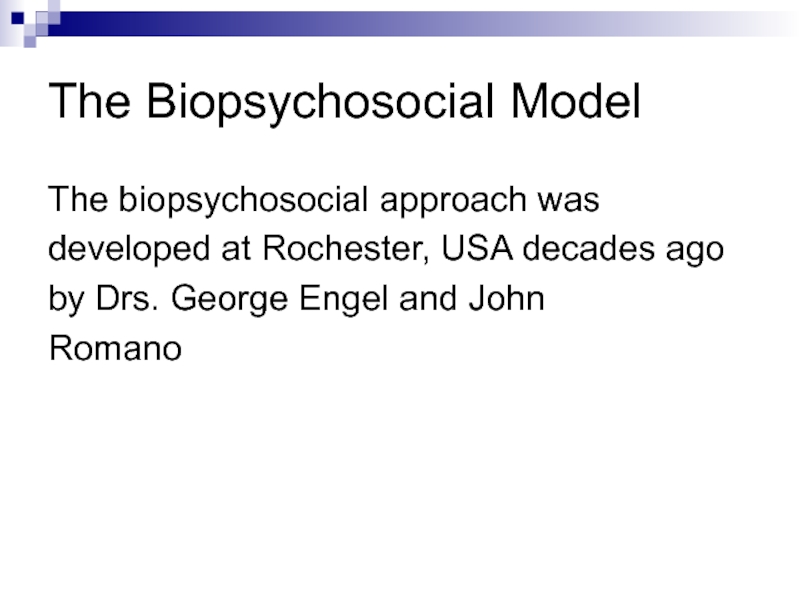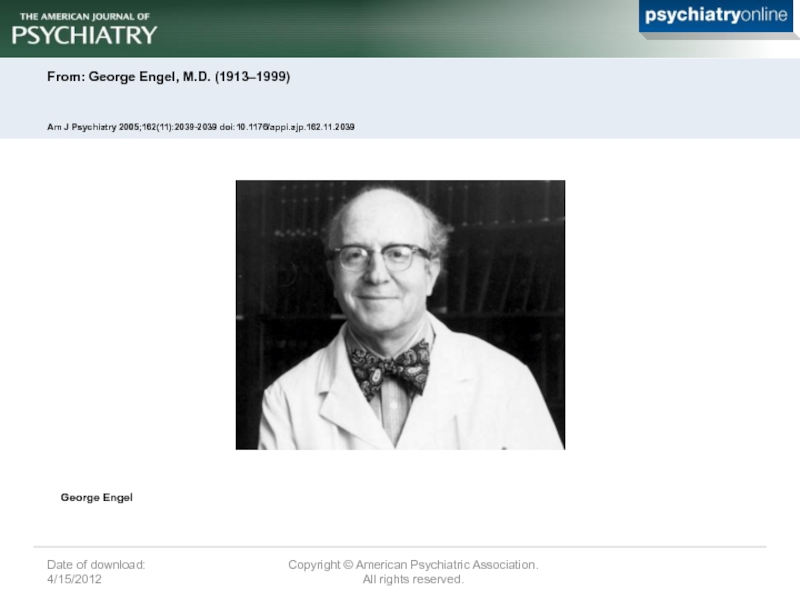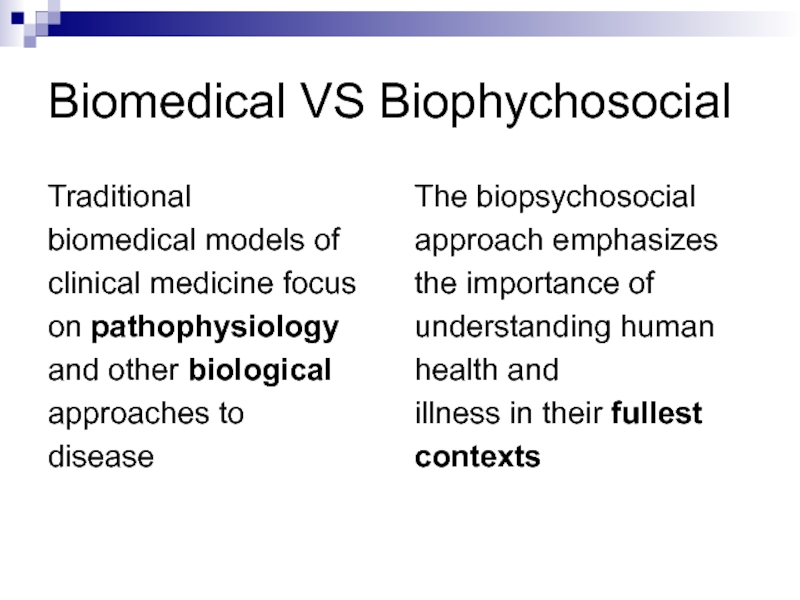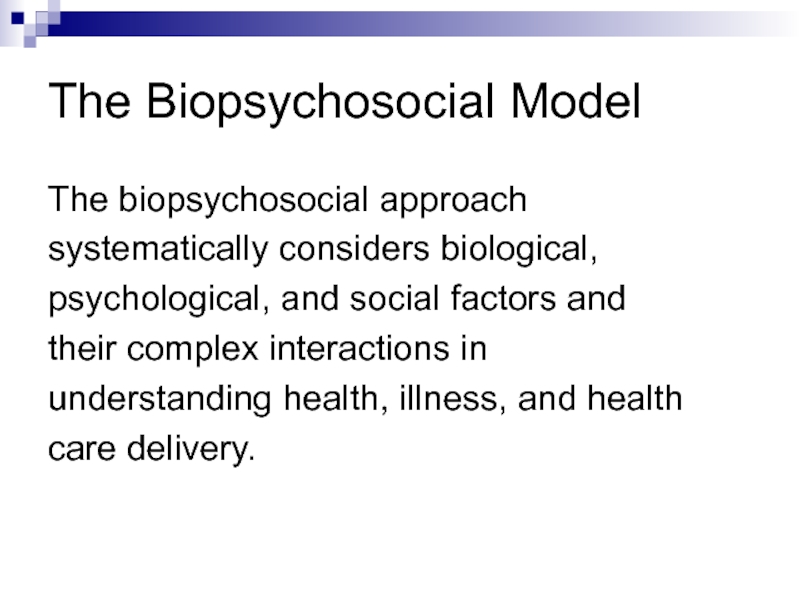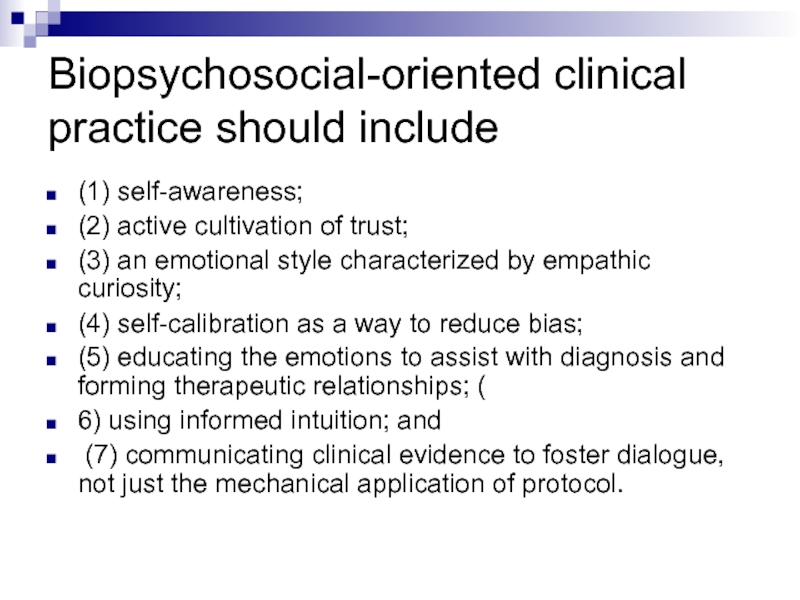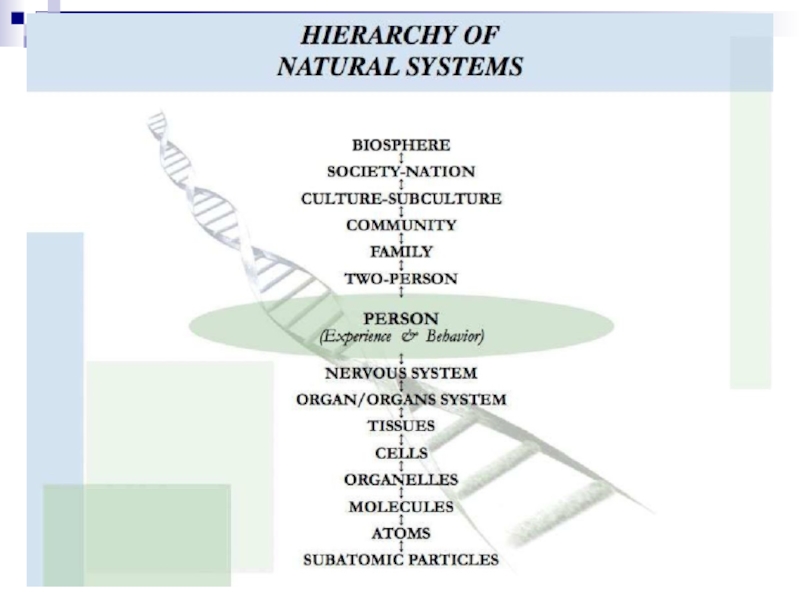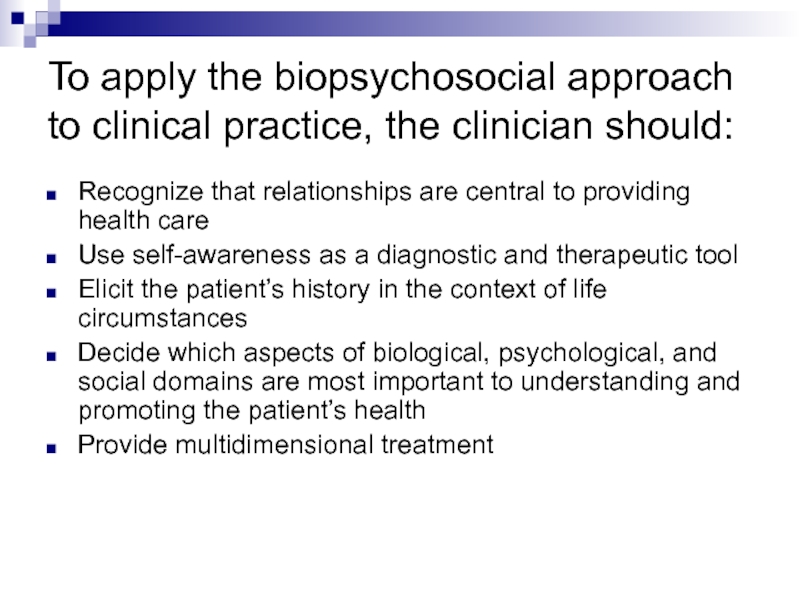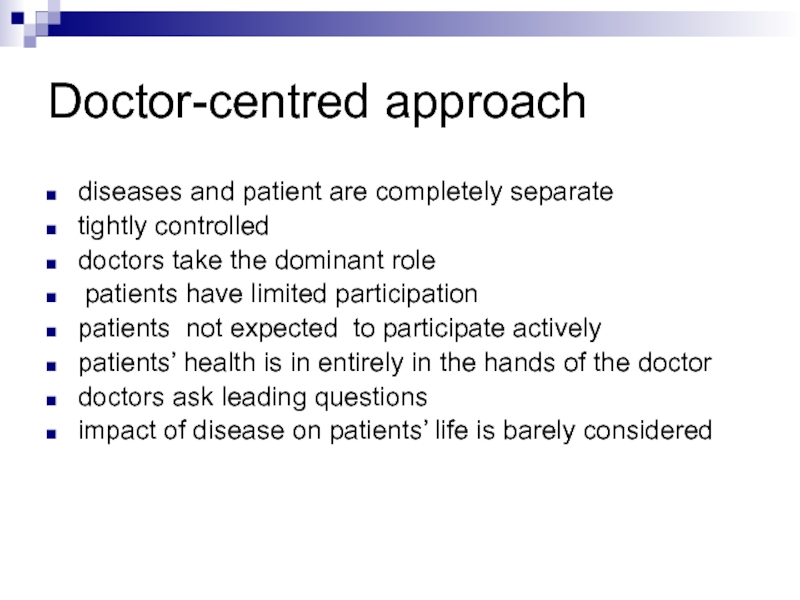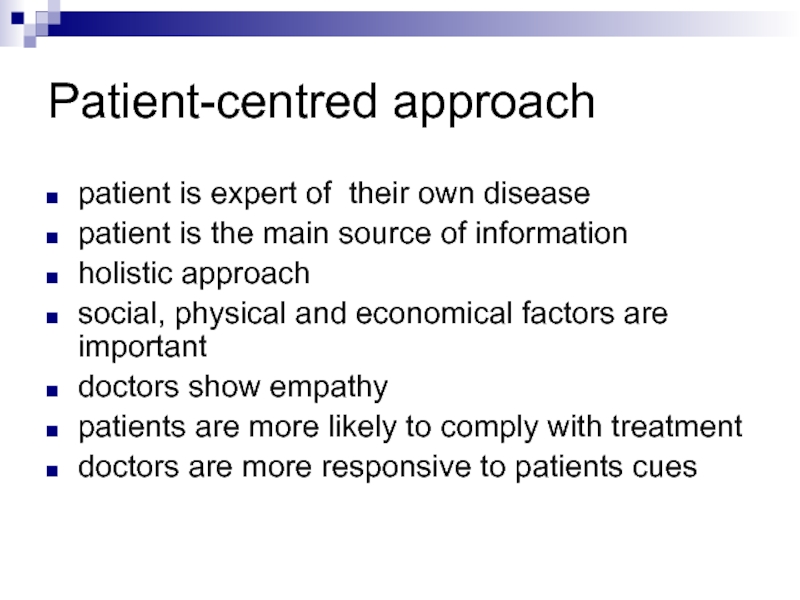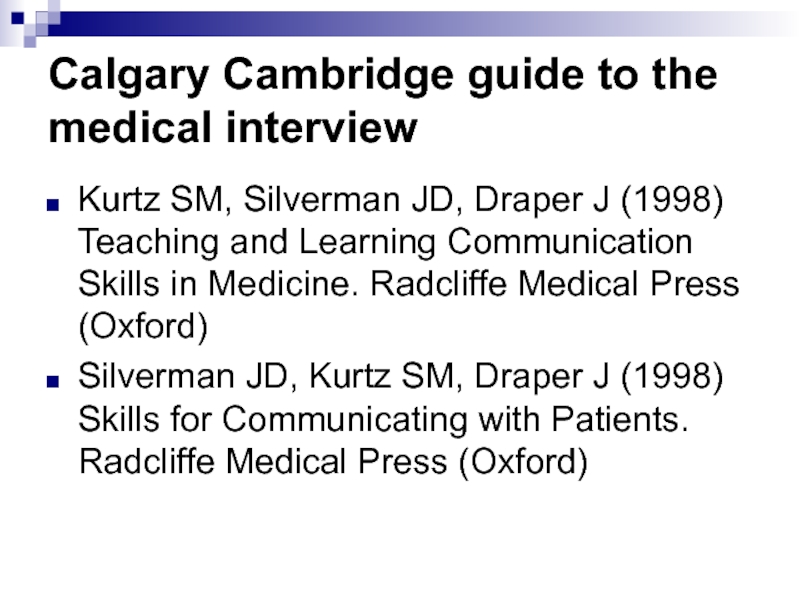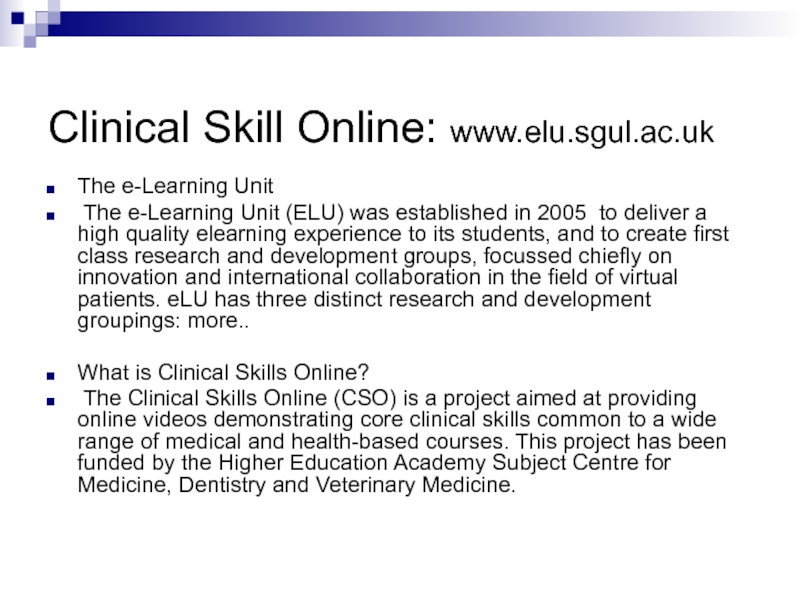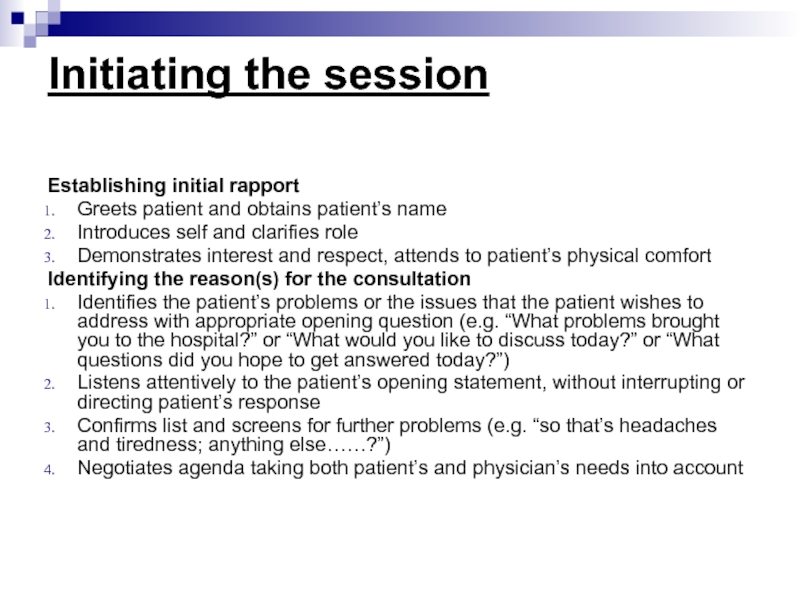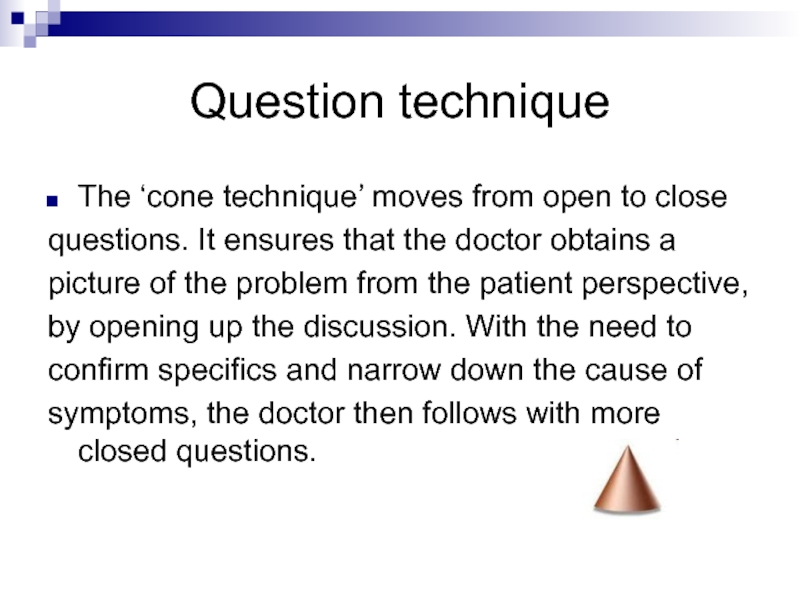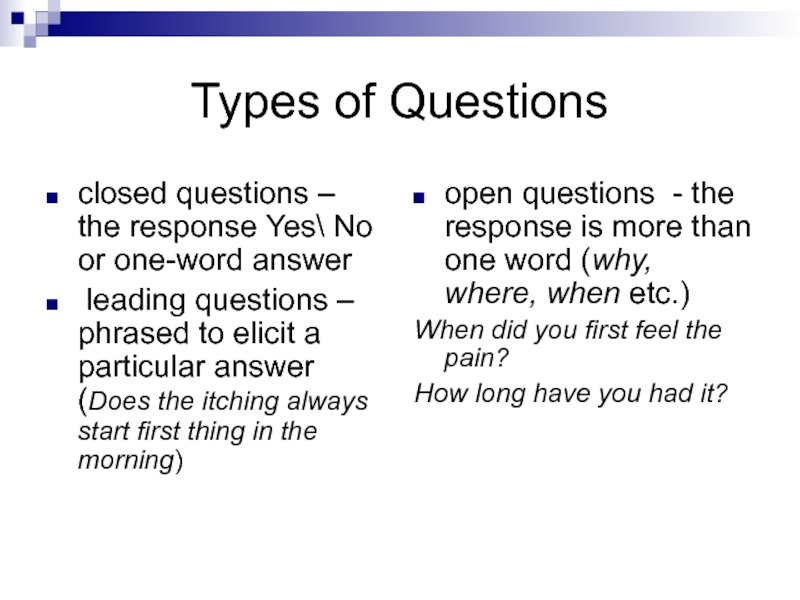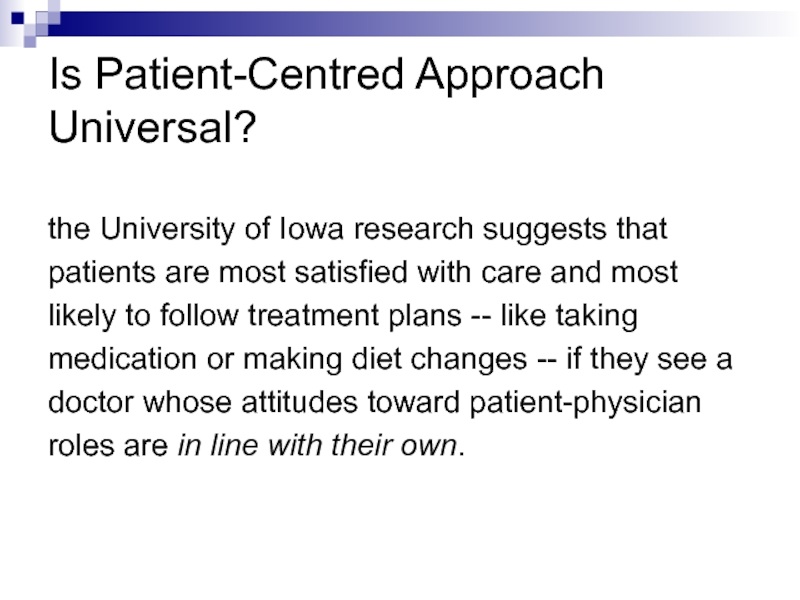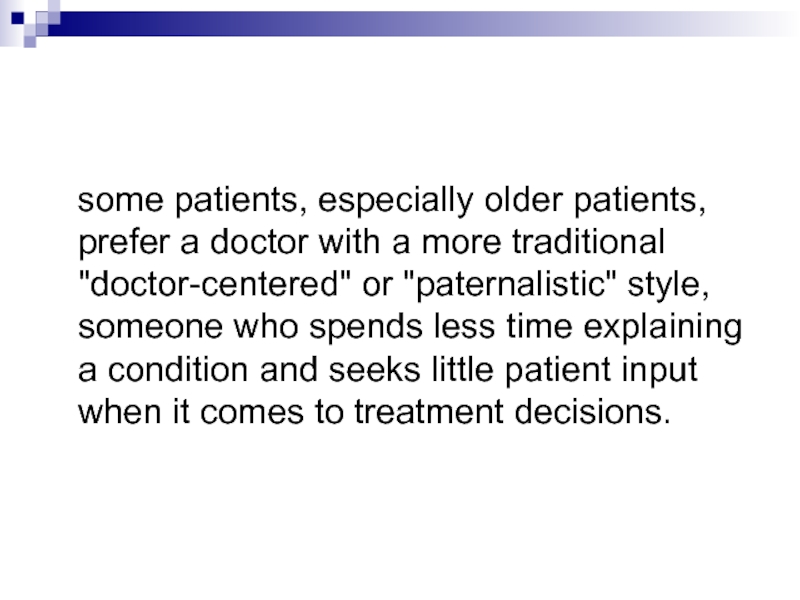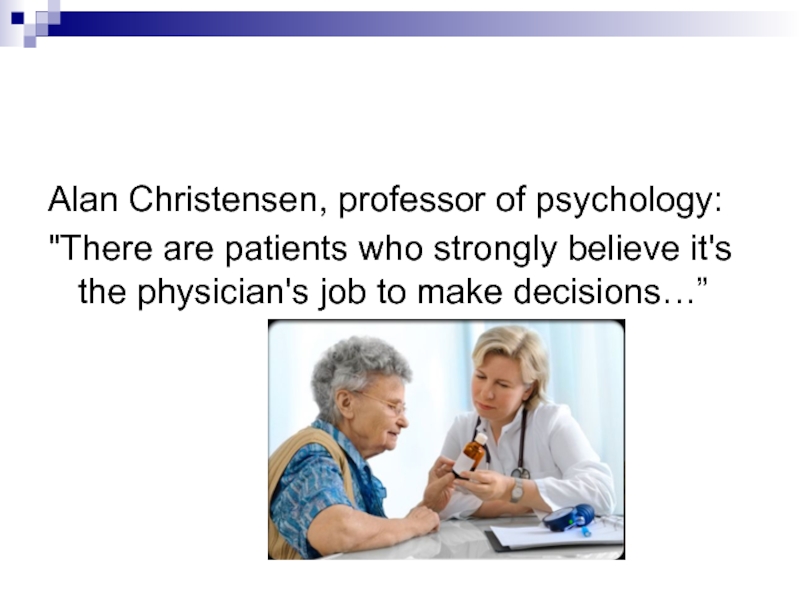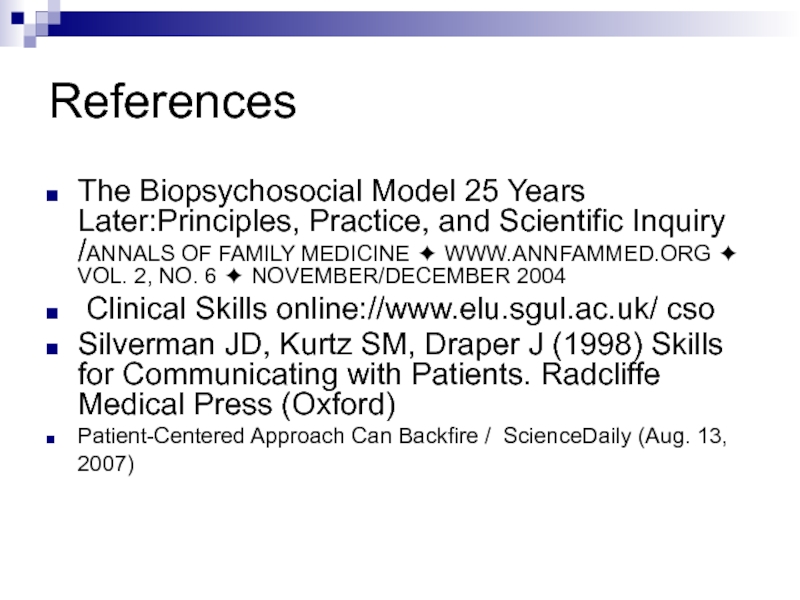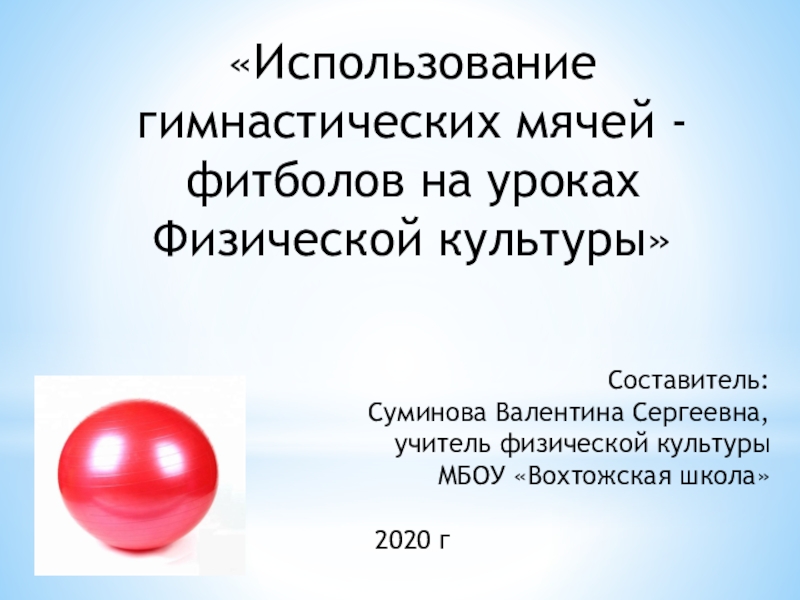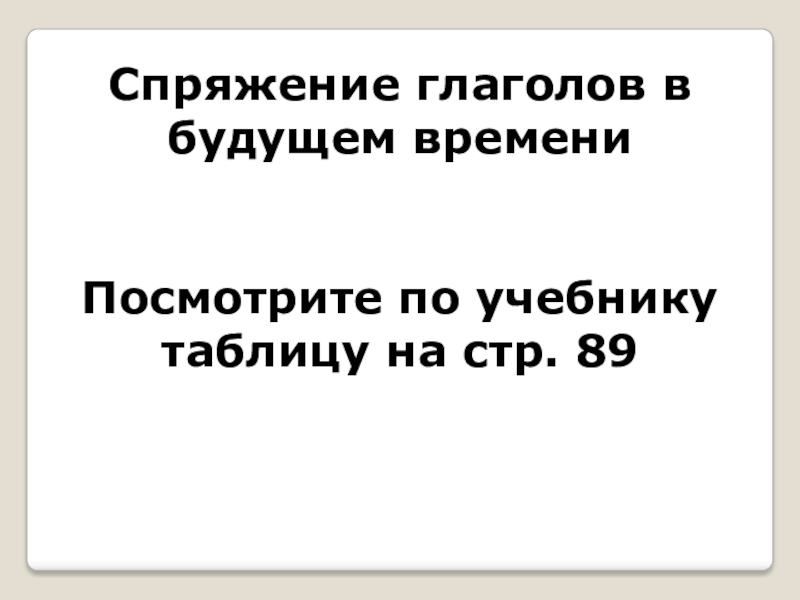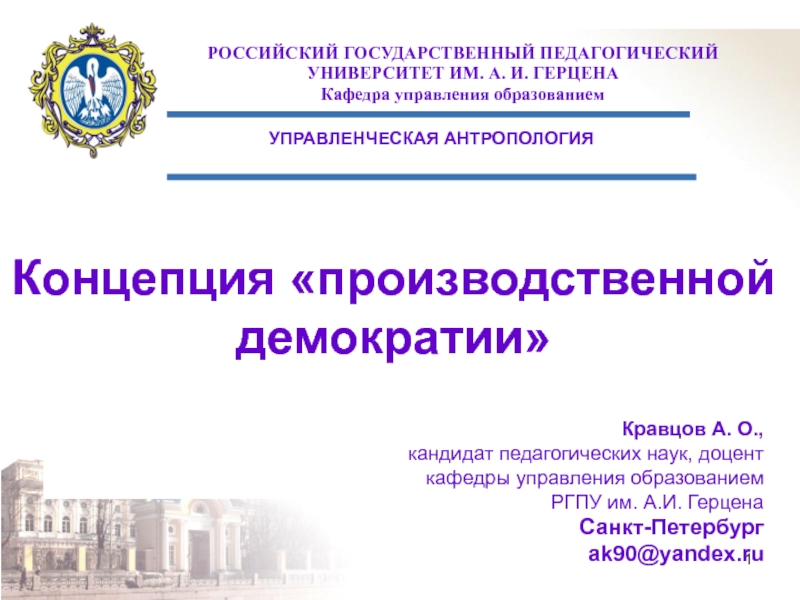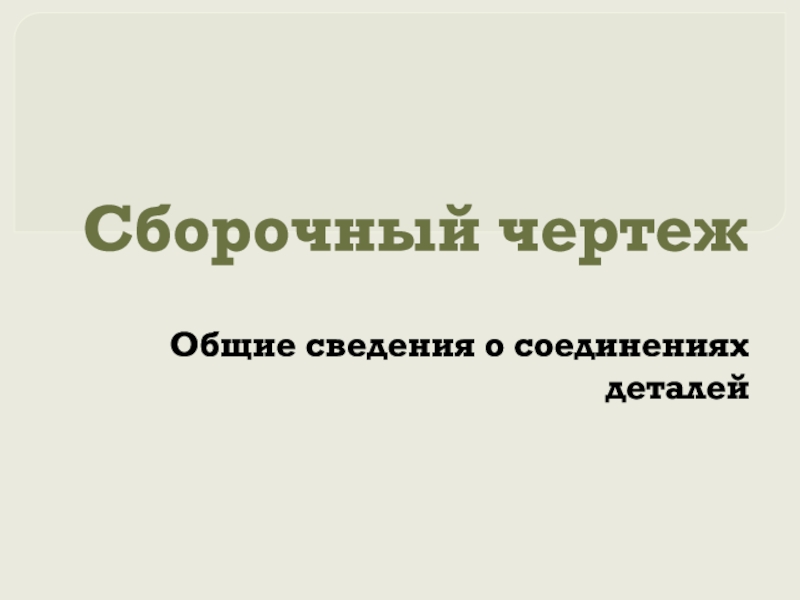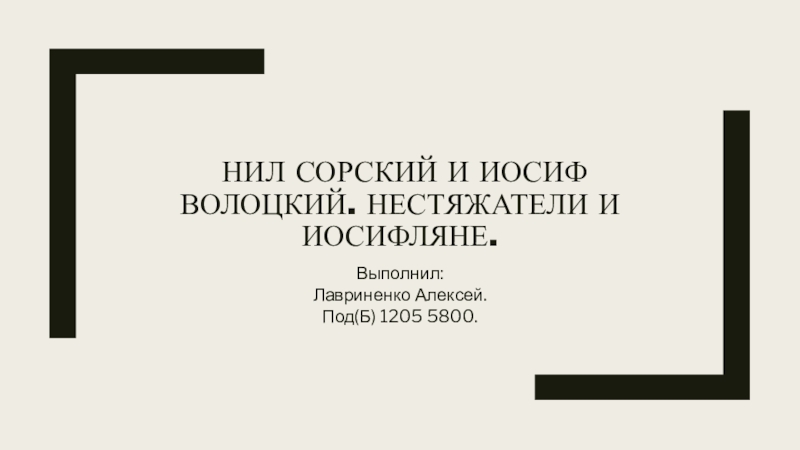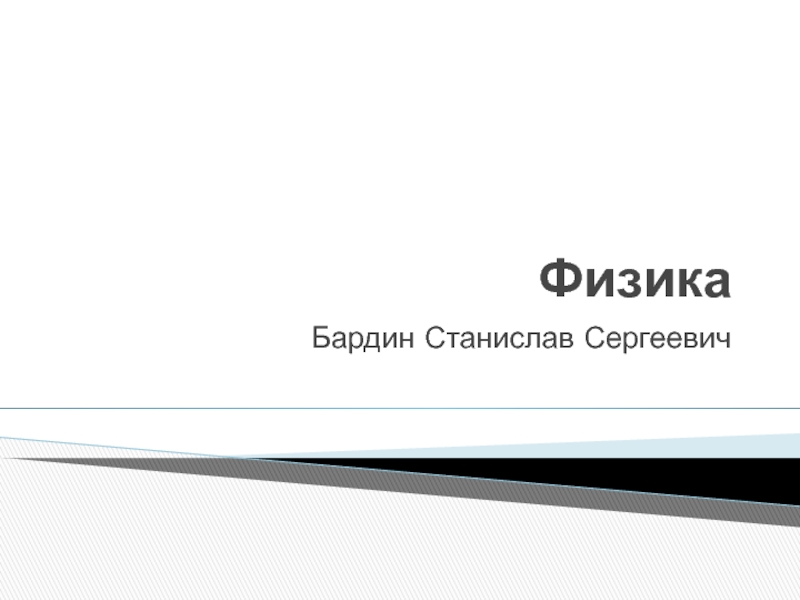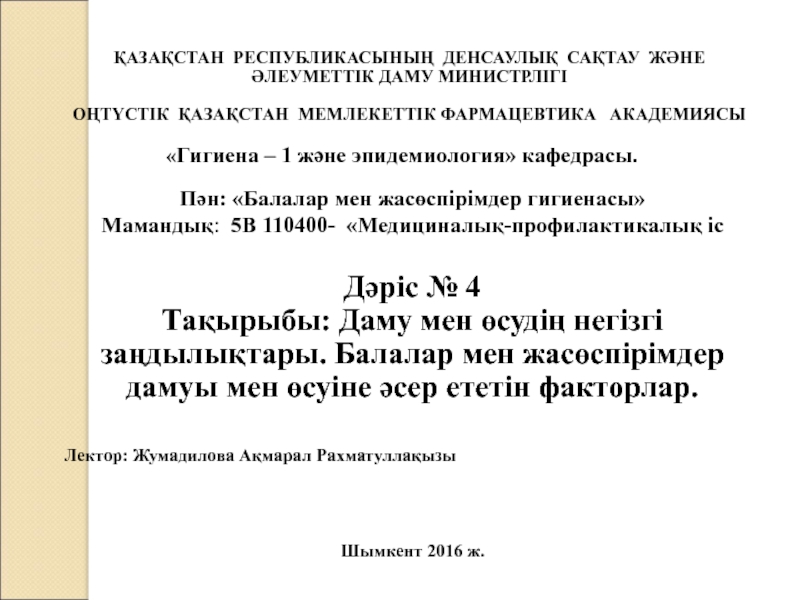Разделы презентаций
- Разное
- Английский язык
- Астрономия
- Алгебра
- Биология
- География
- Геометрия
- Детские презентации
- Информатика
- История
- Литература
- Математика
- Медицина
- Менеджмент
- Музыка
- МХК
- Немецкий язык
- ОБЖ
- Обществознание
- Окружающий мир
- Педагогика
- Русский язык
- Технология
- Физика
- Философия
- Химия
- Шаблоны, картинки для презентаций
- Экология
- Экономика
- Юриспруденция
С ommunication in Medicine
Содержание
- 1. С ommunication in Medicine
- 2. What is communication?Communication is social interaction through messages
- 3. Transmission Modelbeing paged in hospitalgiving instructionsquestionnaire
- 4. Interactional ModelMedical interview (planning treatment, discussingoptions)
- 5. Five communication skillsVerbal Communication Non-verbal communicationVoice managementListening ( Active)Cultural awareness
- 6. An extract from a patient interview:Doctor
- 7. Communication Skills and Strategies
- 8. The Biopsychosocial ModelThe biopsychosocial approach wasdeveloped at Rochester, USA decades agoby Drs. George Engel and JohnRomano
- 9. Date of download: 4/15/2012Copyright © American Psychiatric
- 10. Biomedical VS BiophychosocialTraditionalbiomedical models ofclinical medicine focuson
- 11. The Biopsychosocial ModelThe biopsychosocial approachsystematically considers biological,psychological,
- 12. Biopsychosocial-oriented clinical practice should include(1) self-awareness; (2)
- 13. Слайд 13
- 14. To apply the biopsychosocial approach to clinical
- 15. Doctor-centred approach diseases and patient are completely
- 16. Patient-centred approach patient is expert of their
- 17. Calgary Cambridge guide to the medical interview
- 18. communication process of a medical interviewInitiating the sessionGathering informationProviding structureBuilding relationshipExplanation and planningClosing the session
- 19. Clinical Skill Online: www.elu.sgul.ac.ukThe e-Learning Unit
- 20. Initiating the session Establishing initial rapportGreets patient
- 21. Question techniqueThe ‘cone technique’ moves from open
- 22. Types of Questionsclosed questions – the response
- 23. Is Patient-Centred Approach Universal?the University of Iowa
- 24. some patients, especially older patients,
- 25. Alan Christensen, professor of psychology:"There are patients
- 26. ReferencesThe Biopsychosocial Model 25 Years Later:Principles, Practice,
- 27. Слайд 27
- 28. Скачать презентанцию
What is communication?Communication is social interaction through messages
Слайды и текст этой презентации
Слайд 6An extract from a patient interview:
Doctor Do you
have any history of
cardiac arrest in your family?Patient No, we’ve never had no trouble
with the police
West and Frankel (1991)
Слайд 8The Biopsychosocial Model
The biopsychosocial approach was
developed at Rochester, USA decades
ago
by Drs. George Engel and John
Romano
Слайд 9Date of download:
4/15/2012
Copyright © American Psychiatric Association. All rights
reserved.
From: George Engel, M.D. (1913–1999)
Am J Psychiatry 2005;162(11):2039-2039 doi:10.1176/appi.ajp.162.11.2039
George Engel
Слайд 10Biomedical VS Biophychosocial
Traditional
biomedical models of
clinical medicine focus
on pathophysiology
and other biological
approaches
to
disease
The biopsychosocial
approach emphasizes
the importance of
understanding human
health and
illness in their fullest
contexts
Слайд 11The Biopsychosocial Model
The biopsychosocial approach
systematically considers biological,
psychological, and social factors
and
their complex interactions in
understanding health, illness, and health
care delivery.
Слайд 12Biopsychosocial-oriented clinical practice should include
(1) self-awareness;
(2) active cultivation of
trust;
(3) an emotional style characterized by empathic curiosity;
(4)
self-calibration as a way to reduce bias; (5) educating the emotions to assist with diagnosis and forming therapeutic relationships; (
6) using informed intuition; and
(7) communicating clinical evidence to foster dialogue, not just the mechanical application of protocol.
Слайд 14To apply the biopsychosocial approach to clinical practice, the clinician
should:
Recognize that relationships are central to providing health care
Use self-awareness
as a diagnostic and therapeutic toolElicit the patient’s history in the context of life circumstances
Decide which aspects of biological, psychological, and social domains are most important to understanding and promoting the patient’s health
Provide multidimensional treatment
Слайд 15Doctor-centred approach
diseases and patient are completely separate
tightly controlled
doctors take
the dominant role
patients have limited participation
patients not expected to
participate activelypatients’ health is in entirely in the hands of the doctor
doctors ask leading questions
impact of disease on patients’ life is barely considered
Слайд 16Patient-centred approach
patient is expert of their own disease
patient is
the main source of information
holistic approach
social, physical and economical
factors are importantdoctors show empathy
patients are more likely to comply with treatment
doctors are more responsive to patients cues
Слайд 17Calgary Cambridge guide to the medical interview
Kurtz SM, Silverman
JD, Draper J (1998) Teaching and Learning Communication Skills in
Medicine. Radcliffe Medical Press (Oxford)Silverman JD, Kurtz SM, Draper J (1998) Skills for Communicating with Patients. Radcliffe Medical Press (Oxford)
Слайд 18communication process
of a medical interview
Initiating the session
Gathering information
Providing structure
Building relationship
Explanation
and planning
Closing the session
Слайд 19
Clinical Skill Online: www.elu.sgul.ac.uk
The e-Learning Unit
The e-Learning Unit
(ELU) was established in 2005 to deliver a high quality
elearning experience to its students, and to create first class research and development groups, focussed chiefly on innovation and international collaboration in the field of virtual patients. eLU has three distinct research and development groupings: more..What is Clinical Skills Online?
The Clinical Skills Online (CSO) is a project aimed at providing online videos demonstrating core clinical skills common to a wide range of medical and health-based courses. This project has been funded by the Higher Education Academy Subject Centre for Medicine, Dentistry and Veterinary Medicine.
Слайд 20Initiating the session
Establishing initial rapport
Greets patient and obtains patient’s name
Introduces
self and clarifies role
Demonstrates interest and respect, attends to patient’s
physical comfortIdentifying the reason(s) for the consultation
Identifies the patient’s problems or the issues that the patient wishes to address with appropriate opening question (e.g. “What problems brought you to the hospital?” or “What would you like to discuss today?” or “What questions did you hope to get answered today?”)
Listens attentively to the patient’s opening statement, without interrupting or directing patient’s response
Confirms list and screens for further problems (e.g. “so that’s headaches and tiredness; anything else……?”)
Negotiates agenda taking both patient’s and physician’s needs into account
Слайд 21Question technique
The ‘cone technique’ moves from open to close
questions. It
ensures that the doctor obtains a
picture of the problem
from the patient perspective, by opening up the discussion. With the need to
confirm specifics and narrow down the cause of
symptoms, the doctor then follows with more closed questions.
Слайд 22Types of Questions
closed questions – the response Yes\ No or
one-word answer
leading questions – phrased to elicit a particular
answer (Does the itching always start first thing in the morning)open questions - the response is more than one word (why, where, when etc.)
When did you first feel the pain?
How long have you had it?
Слайд 23Is Patient-Centred Approach Universal?
the University of Iowa research suggests that
patients
are most satisfied with care and most
likely to follow
treatment plans -- like taking medication or making diet changes -- if they see a
doctor whose attitudes toward patient-physician
roles are in line with their own.
Слайд 24 some patients, especially older patients, prefer a doctor
with a more traditional "doctor-centered" or "paternalistic" style, someone who
spends less time explaining a condition and seeks little patient input when it comes to treatment decisions.Слайд 25Alan Christensen, professor of psychology:
"There are patients who strongly believe
it's the physician's job to make decisions…”
Слайд 26References
The Biopsychosocial Model 25 Years Later:Principles, Practice, and Scientific Inquiry
/ANNALS OF FAMILY MEDICINE ✦ WWW.ANNFAMMED.ORG ✦ VOL. 2, NO.
6 ✦ NOVEMBER/DECEMBER 2004Clinical Skills online://www.elu.sgul.ac.uk/ cso
Silverman JD, Kurtz SM, Draper J (1998) Skills for Communicating with Patients. Radcliffe Medical Press (Oxford)
Patient-Centered Approach Can Backfire / ScienceDaily (Aug. 13, 2007)
